Imagine if Christopher Columbus had Google Maps during his voyages; perhaps he would have found a quicker route to India! In the modern age, digital marketing has become the compass and map for the travel industry, guiding businesses to their desired destination: customer engagement and sales. Much like Columbus, today’s travel marketers are explorers navigating the digital landscape. In this Plerdy blog post, we’ll chart a course through the crucial digital marketing strategies essential for success in the travel industry. With the help of these insights, you can take advantage of the latest technological advancements and harness the power of user-generated content to conquer the digital world in the same way that explorers once conquered the seas.

Digital Marketing for the Travel Industry: Embracing Augmented and Virtual Reality
Dreaming of exploring distant lands from the comfort of your home is now a reality in the travel industry, thanks to Augmented Reality (AR) and Virtual Reality (VR). These innovative technologies are more than just advanced gadgets; they are transforming how we experience and plan our travels in digital marketing.
The Role of AR and VR in Modern Digital Travel Marketing
Travel-related digital marketing is being revolutionized by AR and VR because they provide immersive experiences that were previously unthinkable. Envision touring a hotel room or a tourist attraction before booking your trip. This futuristic concept has become a reality with AR and VR, making them increasingly integral in digital marketing for travel. They enable travelers to virtually experience destinations in novel ways, significantly aiding decision-making and boosting overall excitement for the trip in digital travel marketing.
Case Studies: Successful AR and VR Implementations in Travel Digital Marketing
In digital marketing for travel, several companies are leveraging AR and VR to create engaging customer experiences. For example, Expedia utilizes VR experiences to allow users to explore hotels and destinations virtually, aiding in the pre-booking phase and enhancing digital marketing strategies. Marriott International’s VR Postcards immerse users in exotic locations, offering vivid stories from around the globe. These are more than just marketing gimmicks; they represent a revolutionary shift in how customers interact with travel content and make decisions in the digital realm. Embracing AR and VR is a forward-thinking strategy in travel digital marketing to adapt to evolving consumer behaviors. By integrating these technologies, travel brands can weave captivating narratives that entice potential travelers, offering a preview of the exciting experiences that await.
The Future of AR and VR in Travel Digital Marketing
Incorporating AR and VR into digital marketing strategies is not just futuristic; the travel industry must remain relevant and attractive in a fast-evolving digital world. The travel industry has countless opportunities for creative digital marketing when virtual and real-world experiences are combined. Adopting AR and VR means that travel companies are not merely selling destinations but providing an unforgettable pre-travel journey, enhancing the overall customer experience in digital travel marketing.
Leverage Hyper-Personalization for Digital Marketing in the Travel Industry
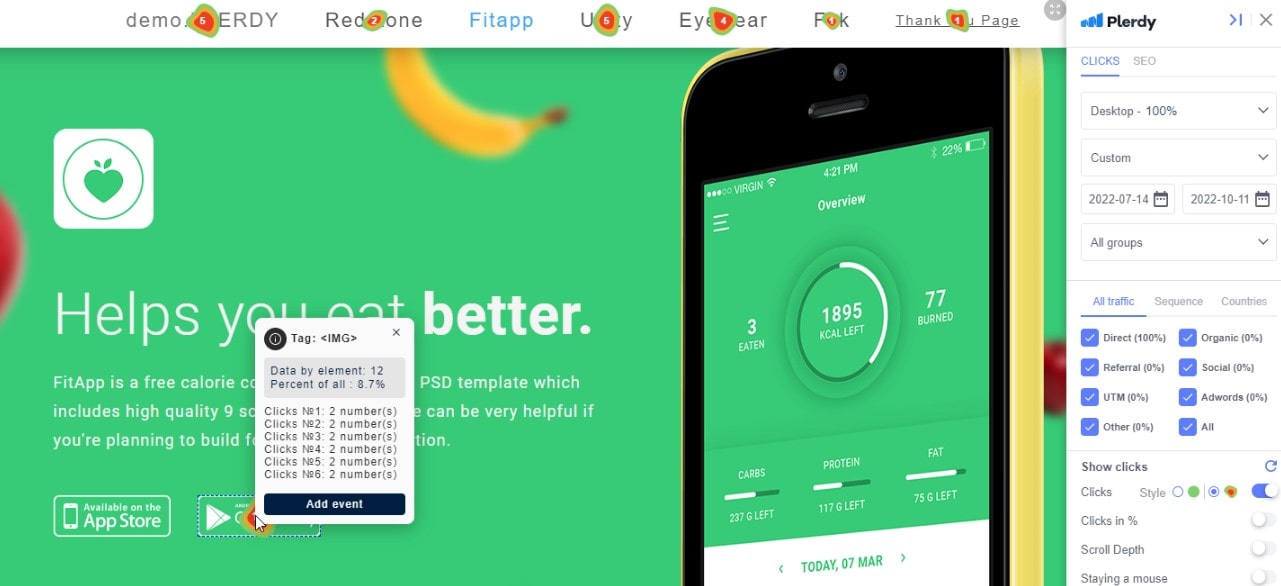
Gone are the days when one-size-fits-all ruled the travel industry. Today, hyper-personalization is the magic wand that lets digital marketers in the travel industry cast spells of custom-tailored experiences, ensuring each traveler feels uniquely valued. This strategic approach is more than just a trend; it transforms how travel experiences are marketed and delivered.
Personalization Through Data Analytics
Data analytics is the backbone of hyper-personalization. Travel companies can understand customer preferences, behaviors, and patterns by analyzing customer data. This information, gleaned from past bookings, social media interactions, and online behavior, allows companies to tailor their offerings. For instance, if a customer often makes reservations for beach resorts, a travel website can customize its homepage to feature beach locations, exclusive offers, and pertinent material. According to a Forbes report, leveraging data enhances customer experience and significantly boosts conversion rates and customer loyalty. The key is to use data intelligently to create a narrative that resonates with each traveler’s unique preferences.
Success Stories in Personalized Marketing
Many travel companies have already reaped the benefits of hyper-personalization. Take, for instance, Airbnb’s personalized recommendation system. By analyzing user data, Airbnb can suggest listings, experiences, and destinations that align with the user’s interests and past behaviors. Another example is Booking.com, which uses data to personalize search results and email marketing campaigns, making recommendations based on past searches and bookings. These practices have improved user engagement and increased bookings, as noted in a Harvard Business Review article. These cases illustrate how hyper-personalization, powered by data analytics, creates a win-win situation for travel businesses and customers.
Hyper-personalization in digital marketing is setting a new benchmark in the travel industry. It’s about understanding and catering to the unique preferences of each traveler, transforming how they interact with travel brands. By leveraging data analytics for personalized experiences, travel companies are not just selling destinations; they’re crafting journeys that resonate on a personal level. As the industry continues to evolve, the power of personalization will play a pivotal role in shaping the future of travel marketing. This approach doesn’t just lead to increased bookings; it builds lasting relationships, turning customers into loyal brand ambassadors who feel understood and valued.
Utilizing User-Generated Content
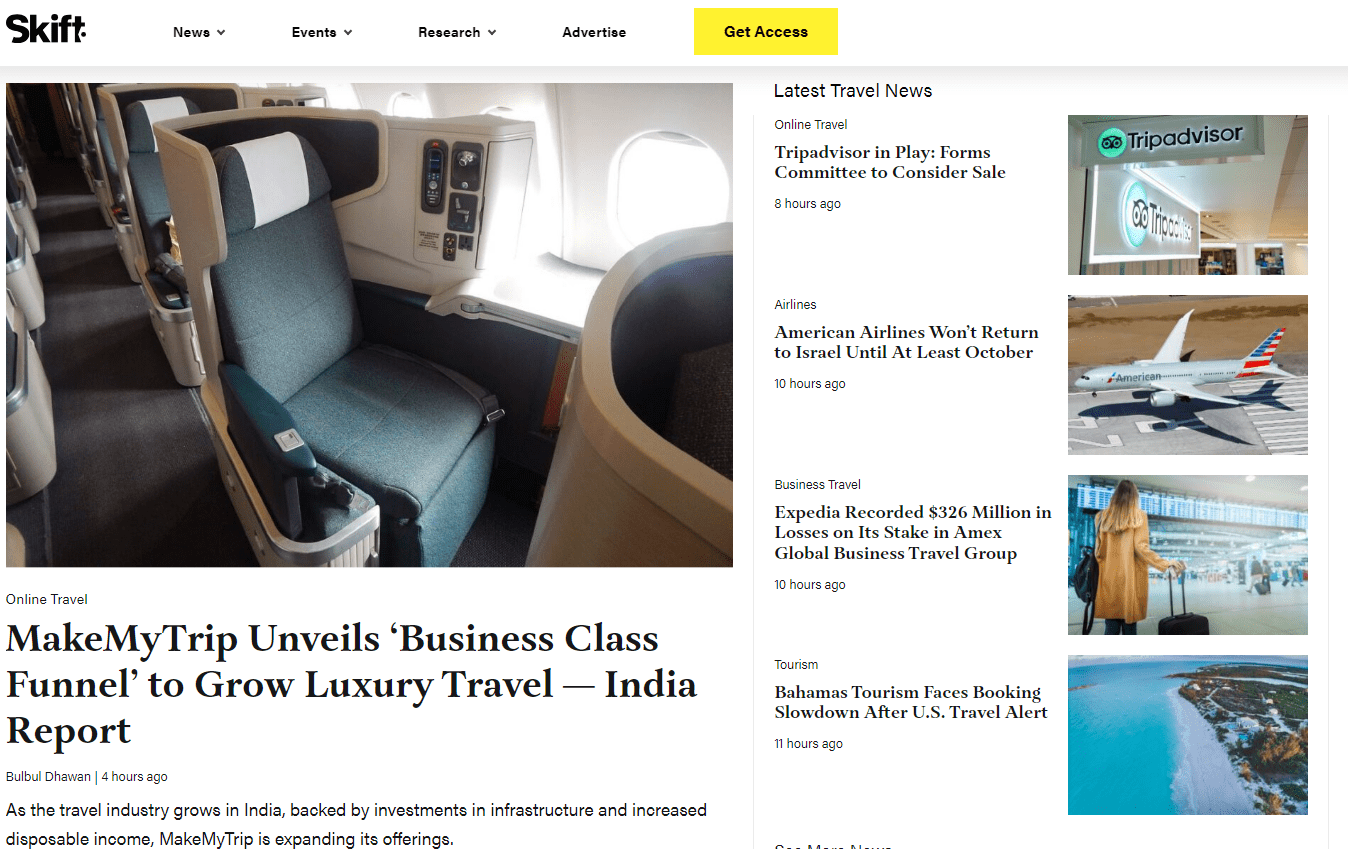
In a world where every traveler is a storyteller, user-generated content (UGC) has become the cornerstone of digital marketing in the travel industry. It’s authentic, relatable, and, most importantly, highly influential. UGC, ranging from social media posts to customer reviews, can transform casual browsers into eager bookers.
UGC as a Marketing Tool
User-generated content is a goldmine for travel marketers. It includes anything customers create – photos, videos, reviews, or blog posts – that showcases their experiences with a brand. 92% of consumers trust organic, user-generated content more than traditional advertising. This trust factor makes UGC a potent tool for travel brands. By featuring real stories and experiences of travelers, companies can create a sense of authenticity and trustworthiness that polished advertisements often lack. UGC also provides diverse perspectives that can appeal to a wider audience. When potential customers see real people enjoying and recommending a service or destination, it resonates more profoundly, leading to higher engagement and conversion rates.
Integrating UGC in Campaigns Effectively
Effectively integrating UGC into digital marketing campaigns requires a strategic approach. Encouraging customers to use specific hashtags to share their experiences on social media—for example, a hotel chain could create a hashtag for guests to use when posting photos of their stay—is one way to generate content and build a community around the brand effectively. Another strategy is to display customer testimonials and reviews on websites and in marketing materials. For example, travel agencies can include real customer feedback on specific travel packages or destinations. UGC can also be highly effective in email marketing campaigns by highlighting customer stories or user-rated top destinations.
For the travel business, using user-generated material in digital marketing is revolutionary. As the travel industry develops further, making the most of UGC will be crucial to building strong relationships with travelers and making a name for yourself in a congested market. UGC generates engagement, builds a community around a brand, and fosters trust—all of which turn customers into brand advocates.
Influencer Collaborations and Micro-Influencer Marketing
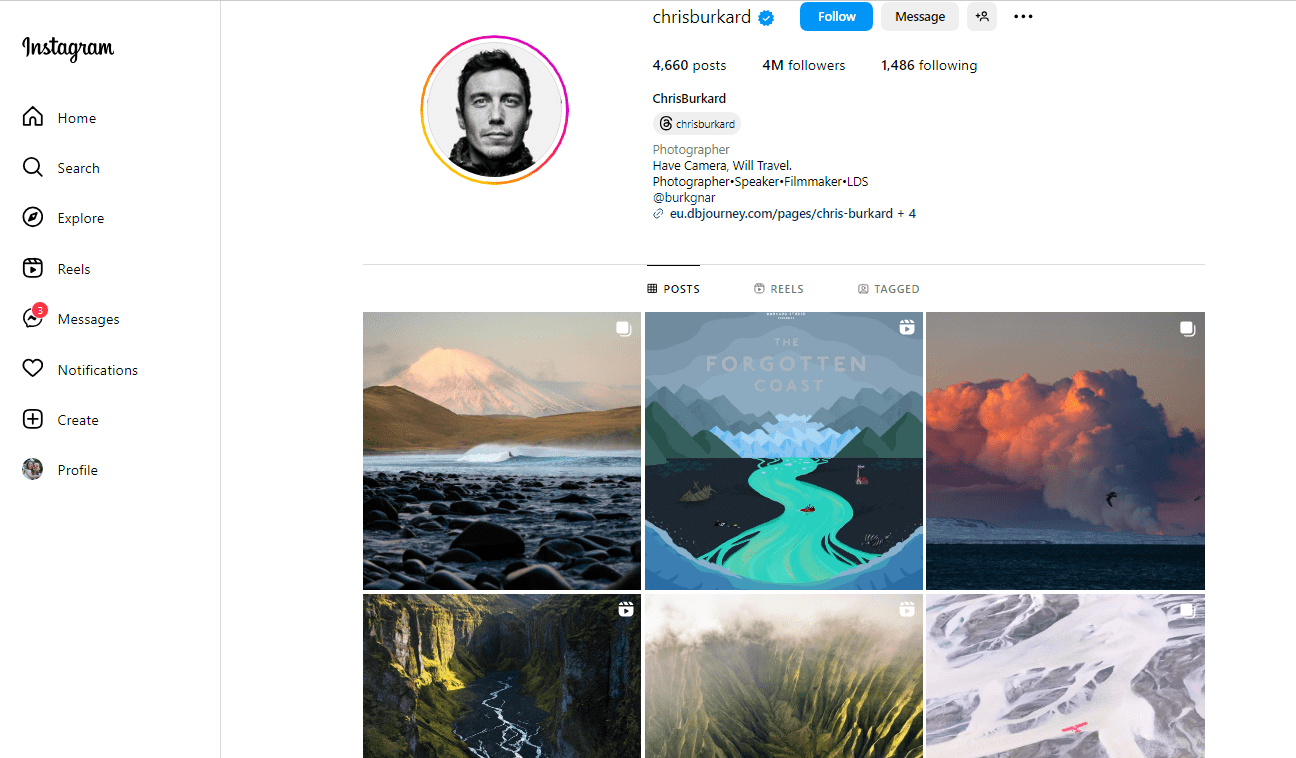
Influencer partnerships and micro-influencer marketing have become extremely effective tools for raising brand recognition and encouraging consumer interaction in the dynamic field of digital marketing for the tourism sector. Gone are the days of solely relying on traditional advertising; today, it’s about authentic stories and relatable experiences real people share.
The Shift to Micro-Influencers
The current trend in influencer marketing is shifting towards collaboration with micro-influencers – individuals with a smaller but highly engaged and niche audience. Unlike celebrities, micro-influencers often boast a dedicated following due to their perceived authenticity and relatability. According to a Markerly study, engagement rates on Instagram posts decrease as the number of followers increases, highlighting micro-influencers’ effectiveness in generating genuine interaction. For travel brands, partnering with these influencers means tapping into a loyal community where recommendations are trusted as much as advice from friends. Higher conversion rates result from this strategy’s improved brand reputation and more effective targeting of particular audiences.
How to Choose the Right Influencer
A marketing campaign’s success depends on selecting the appropriate influencer. Travel brands should look for influencers whose aesthetics, values, and audience demographics align with their brand identity. It’s not just about the number of followers; engagement rate, content quality, and audience relevance are key factors. Tools like BuzzSumo can help brands identify potential influencers by analyzing content performance and audience engagement. Additionally, assessing an influencer’s previous collaborations for authenticity and effectiveness provides valuable insights. The aim is to foster a mutually advantageous and expanding relationship between the influencer and the organization, producing a win-win scenario for both parties.
Micro-influencer marketing and influencer partnerships have grown to be essential components of the travel industry’s digital marketing toolkit. They offer a more personalized, genuine, and engaging way to connect with potential travelers. By leveraging these collaborations strategically, travel brands can expand their reach and build stronger, more meaningful relationships with their audience. In a landscape where authenticity is key, influencer marketing is a testament to the power of human connection and storytelling in driving brand success.
Digital Marketing for the Travel Industry: Mastering Social Media Platforms
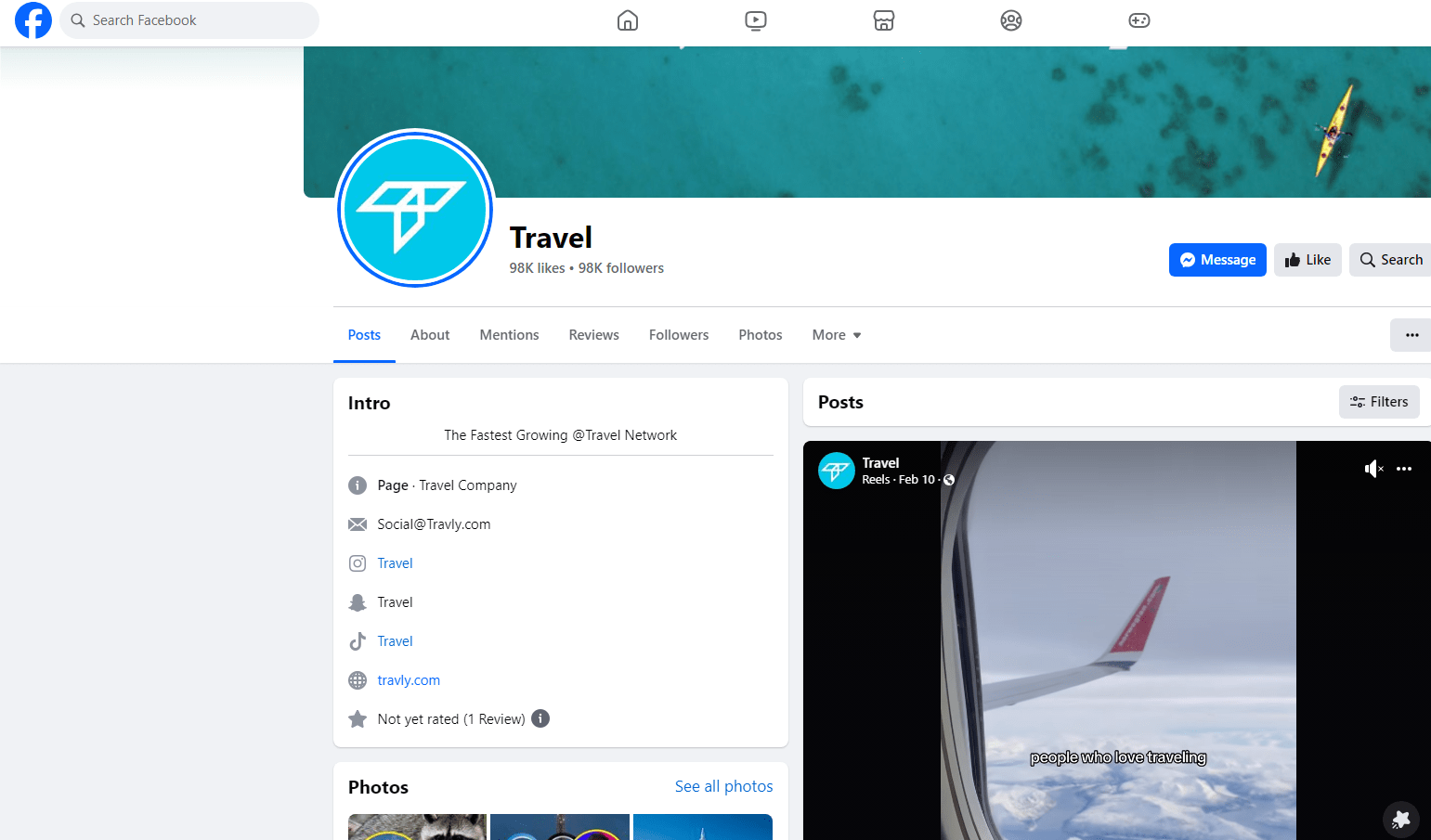
Social media platforms are more than places to network in the modern digital age; they are crucial for changing how the tourism sector uses digital marketing. Boasting billions of users worldwide, effectively mastering these platforms in digital marketing is akin to a navigator harnessing the vast ocean’s power. It’s connecting, engaging, and transforming a global audience into potential travelers with enticing digital content.
Different Platforms, Different Strategies in Digital Marketing
Each social media platform’s distinctive characteristics and audience demand specific digital marketing strategies. Instagram, renowned for its visually arresting content, is ideal for showcasing captivating travel destinations with striking photography and immersive stories in digital marketing. Facebook, conversely, is perfect for fostering community-focused groups where travelers can exchange experiences and advice, a key aspect in travel digital marketing. Twitter, known for its swift interactions, is an efficient tool for real-time engagement in digital marketing. Additionally, TikTok, rapidly gaining traction among younger demographics, offers a unique platform for inventive, concise video content that can achieve viral status in digital marketing. As Sprout Social reports, each platform attracts different demographics and usage patterns, a crucial consideration for travel brands in digital marketing. For example, an impactful Instagram campaign might incorporate stunning visuals and influencer partnerships, while Facebook might be better suited for community engagement and customer testimonials in digital marketing.
Case Studies in Social Media Success in Digital Marketing
Successful social media initiatives in the travel industry often set the standard for digital marketing excellence. Consider Airbnb’s Instagram campaign, leveraging user-generated content to exhibit unique accommodations and vacation experiences, improving authenticity and establishing a sense of community in digital marketing. Another example is the U.S. Travel Association’s #LetsGoThere campaign, which utilized multiple social platforms to inspire travel during uncertain times, showcasing social media’s influence in unifying a community around a hopeful message in digital marketing. These examples underscore the effectiveness of blending storytelling, audience engagement, and visually appealing content in boosting a brand’s social media impact in the travel industry’s digital marketing.
Mastering social media platforms is vital for success in digital marketing within the travel industry. It involves developing strategies that resonate with each platform’s unique audience and utilizing their strengths to cultivate a comprehensive and engaging digital presence. By doing so, travel brands can inspire a sense of adventure and establish enduring connections with their audience. Social media transforms followers into passengers and digital interactions into real-world experiences for travel firms in an era where internet connectivity is essential. As the digital landscape continually evolves, adapting and innovating on these platforms will be key for travel brands to captivate their audience’s imagination and interest, leading to tangible business growth and a thriving online community in digital marketing.
Integrating SEO and Content Marketing for Digital Marketing in the Travel Industry
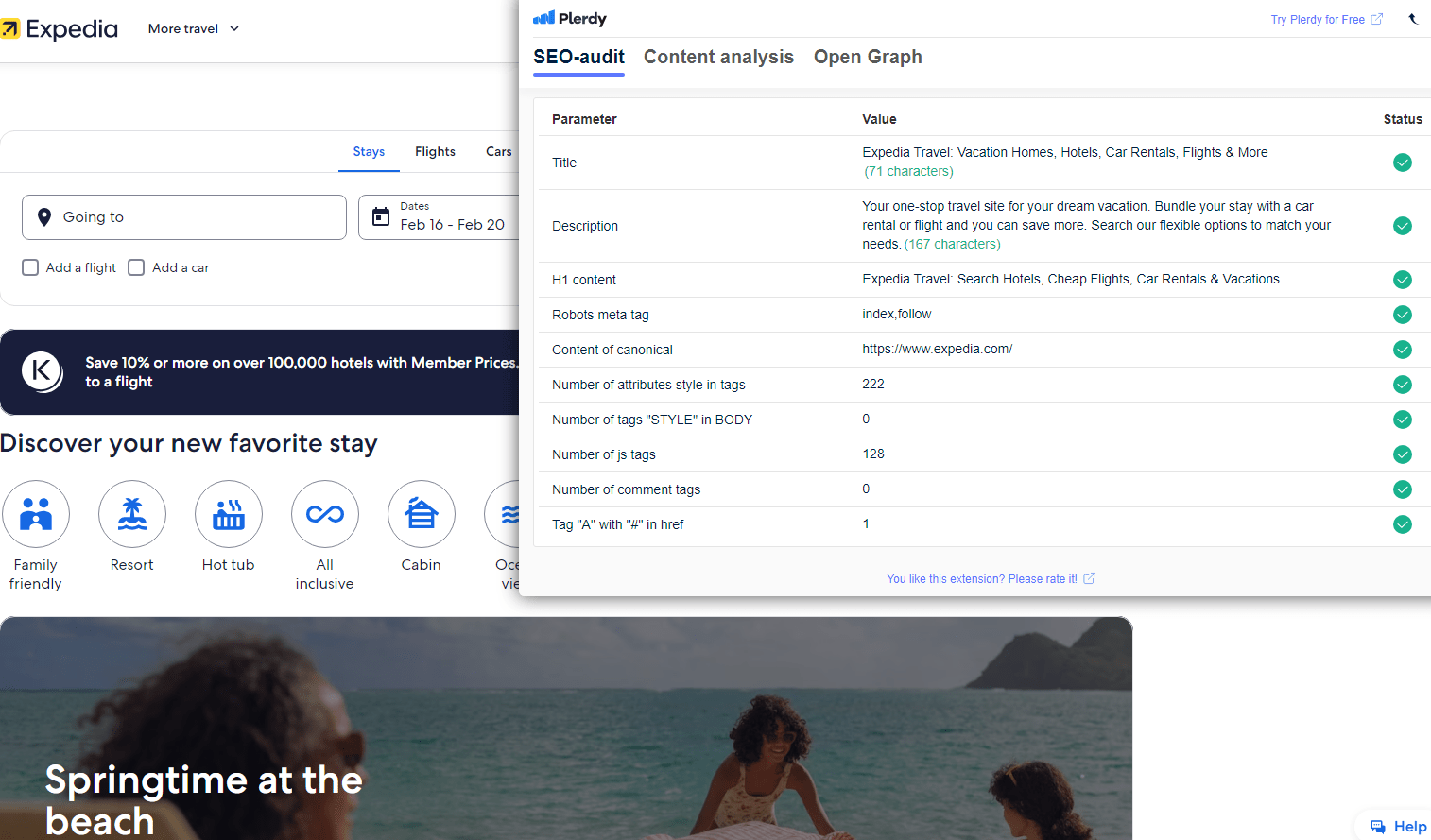
Integrating SEO with content marketing is like finding a hidden map that leads to the treasure of more visibility and interaction in the busy world of digital marketing for the travel industry. This combination is not just a tactic; it’s an essential strategy to navigate the competitive digital landscape effectively.
SEO Strategies for Travel Websites
To improve a website’s exposure on search engines such as Google, travel websites should make sure their content is optimized with relevant keywords, make sure their site is mobile-friendly, and speed up page loads. It’s about making your website easily discoverable when potential travelers search for destinations, accommodations, or travel tips. According to Moz, a well-optimized website can significantly increase traffic and engagement. This includes using location-specific keywords, optimizing meta tags and descriptions, and creating quality backlinks. For instance, a travel blog focusing on ‘budget travel in Europe’ should strategically include phrases and terms that potential travelers might use to search for information. SEO constantly evolves, and staying updated with the latest algorithms and trends is crucial for maintaining and improving search engine rankings.
Creating Content That Engages and Converts
Creating valuable, pertinent, and consistent material that draws in and keeps a target audience is the foundation of content marketing for the tourism industry. This can be travel guides, blog posts, infographics, or videos that provide useful information to travelers. The goal is establishing authority and trust, ultimately driving profitable customer action. Engaging content answers travelers’ questions and inspires them to explore new destinations. For instance, a travel agency might create a series of blog posts on ‘Top 10 Must-Visit Places in South America,’ which informs and stimulates the readers’ desire to travel. Incorporating storytelling, leveraging user-generated content, and keeping up with travel trends can make the content more relatable and engaging. As a Content Marketing Institute study highlights, effective content marketing can lead to higher web traffic, improved brand reputation, and increased customer engagement.
One of the most important digital marketing strategies for the travel sector is the integration of SEO and content marketing.
It ensures that travel brands appear at the top of search results and provide compelling content that resonates with potential travelers. This strategic integration is about understanding what travelers are searching for and delivering it in a way that captivates and inspires. As the digital travel market continues to grow, combining SEO and content marketing is crucial for success, driving visibility, engagement, and, ultimately, conversions. By mastering these tools, travel brands can effectively guide their audience from the initial planning stages to the final decision of booking their next adventure.
Conclusion
It is evident as we navigate the ever-changing terrain of digital marketing in the tourism sector that flexibility and creativity are essential. From embracing AR and VR to leveraging the power of social media and user-generated content, these strategies are not just trends but essential tools for connecting with today’s travelers. As you enhance your digital marketing efforts, remember that Plerdy is your compass in this voyage, offering insightful analytics and tools to optimize your strategies. Curious to dive deeper into the ocean of digital marketing? Explore more insightful articles on Plerdy’s blog, where each post is a new destination in your marketing journey. Let Plerdy be your guide to navigate the ever-evolving digital seas, ensuring your travel brand reaches its destination and thrives in the journey.
